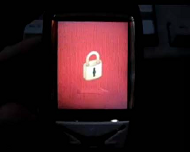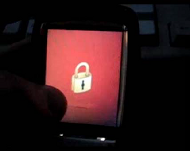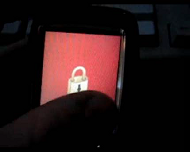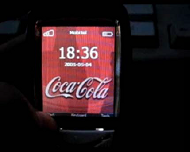 Apple has just been granted yet another patent on basic touchscreen technology in the US. Their latest patent, granted by the US Patent and Trademark Office (USPTO), is for the swipe-to-unlock feature they first used on the iPhone.
Apple has just been granted yet another patent on basic touchscreen technology in the US. Their latest patent, granted by the US Patent and Trademark Office (USPTO), is for the swipe-to-unlock feature they first used on the iPhone.
- movement of the unlock image from the first predefined location to a predefined unlock region
- wherein the moving comprises movement along any desired path
- wherein the moving comprises movement along a predefined channel from the first predefined location to the predefined unlock region
- further comprising displaying visual cues to communicate a direction of movement of the unlock image required to unlock the device
- wherein the visual cues comprise text
- wherein said visual cues comprise an arrow indicating a general direction of movement
- A portable electronic device... wherein the unlock image is a graphical, interactive user-interface object with which a user interacts in order to unlock the device; and to unlock the hand-held electronic device if the unlock image is moved from the first predefined location on the touch screen to a predefined unlock region on the touch-sensitive display
The previous patent is one of many Apple is suing various Android handset vendors over in the US. It is also, arguably, one of Apple's shakiest smartphone patents.
In their Dutch patent case against Samsung, Apple was denied a tablet injunction based on a European swipe-to-unlock patent. The judge in that case felt the patent was likely to be overturned based on evidence of an almost identical feature implemented month before Apple's patent application.
The previous art was from a Swiss phone, the Neonode N1m. Here are the images of the phone entered as evidence by Samsung (via FOSS):
 |  | |
 |  |  |
The Dutch judge noted that the only thing Apple's patent added to the earlier implementation was a graphic which moves along with the swipe motion. He didn't consider that significant enough to be patentable.











